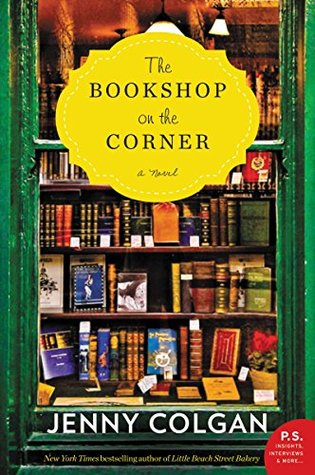 The Bookshop on the Corner by Jenny Colgan
The Bookshop on the Corner by Jenny Colgan Published by HarperCollins Publishers on September 20, 2016
Genres: Contemporary Fiction
Pages: 368
Format: E-Book, eBook
Source: Library
Buy on Amazon, Buy on Bookshop
This post contains affiliate links you can use to purchase the book. If you buy the book using that link, I will receive a small commission from the sale.
Goodreads
Nina Redmond is a literary matchmaker. Pairing a reader with that perfect book is her passion… and also her job. Or at least it was. Until yesterday, she was a librarian in the hectic city. But now the job she loved is no more.
Determined to make a new life for herself, Nina moves to a sleepy village many miles away. There she buys a van and transforms it into a bookmobile—a mobile bookshop that she drives from neighborhood to neighborhood, changing one life after another with the power of storytelling.
From helping her grumpy landlord deliver a lamb, to sharing picnics with a charming train conductor who serenades her with poetry, Nina discovers there’s plenty of adventure, magic, and soul in a place that’s beginning to feel like home… a place where she just might be able to write her own happy ending.
If you’ve read my previous post, you know my cat doesn’t have long to live, and it’s been difficult to read anything. I haven’t listened to audiobooks like I usually do on my walks because I find it hard to concentrate. I thought if I found a sort of cozy read, something of a love letter to books, I might do all right, and I was right. This book was just what the doctor ordered. It’s not great literature. It’s not going to change the world. It’s even pretty corny and twee. It’s like a Hallmark Channel movie made into a book. But it was kind of nice to disappear into Nina’s world in Kirrinfief, a place I desperately wanted to be real as much as I wanted the lovely children’s book Up on the Rooftops to be real.
I really enjoyed Jenny Colgan’s characters, especially the ancillary ones. Fair warning: this is the kind of book where the minor characters sort of steal the show whenever they’re on the page and the main characters are more of a vehicle for the story than anyone you fall in love with.
The one thing I didn’t like about this book was the title. I read somewhere that the book’s title only appears in the American edition, but I’m not sure that’s true. The title is misleading because Nina buys an old van and converts it into a mobile bookshop, so it’s not on any corner. The cover art makes no sense, given the novel’s story. I read that the original title was The Little Shop of Happy Ever After, which makes more sense as it’s the name of Nina’s mobile bookshop.
I’ll probably read more of Jenny Colgan’s books. This book isn’t for everyone, and I suspect some people would hate it for being so twee, but if twee is what you need, it’s perfect. It was perfect for me, at this moment.
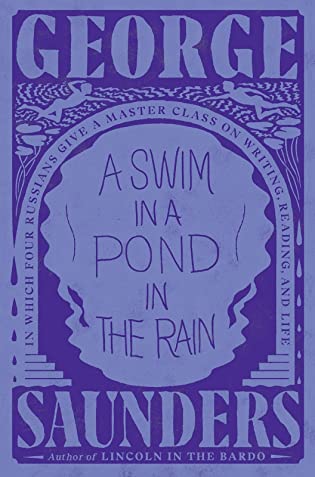 A Swim in a Pond in the Rain: In Which Four Russians Give a Master Class on Writing, Reading, and Life by
A Swim in a Pond in the Rain: In Which Four Russians Give a Master Class on Writing, Reading, and Life by 
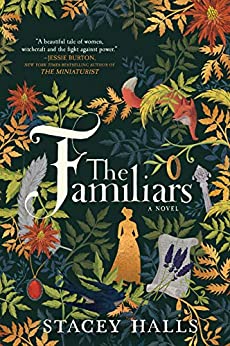 The Familiars by
The Familiars by 
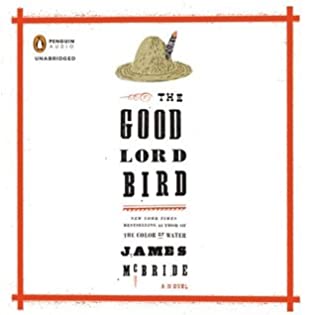 The Good Lord Bird by
The Good Lord Bird by 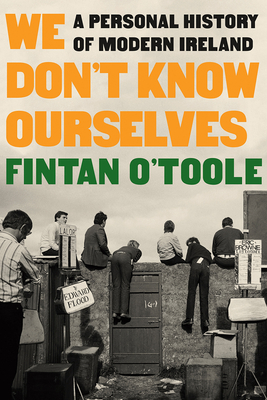 We Don't Know Ourselves: A Personal History of Modern Ireland by
We Don't Know Ourselves: A Personal History of Modern Ireland by 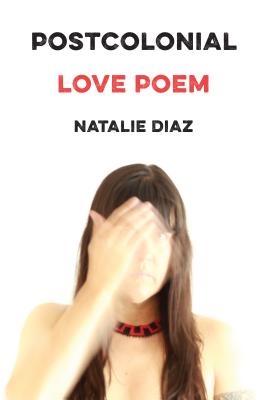 Postcolonial Love Poem by
Postcolonial Love Poem by 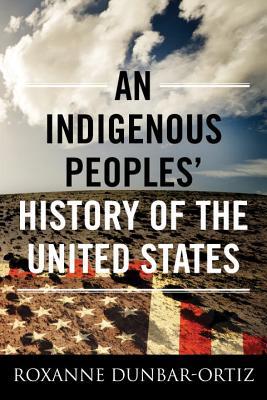 An Indigenous Peoples' History of the United States (ReVisioning American History, #3) by
An Indigenous Peoples' History of the United States (ReVisioning American History, #3) by  Keep Moving: Notes on Loss, Creativity, and Change by
Keep Moving: Notes on Loss, Creativity, and Change by 
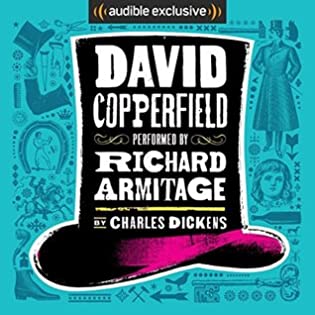 David Copperfield by
David Copperfield by 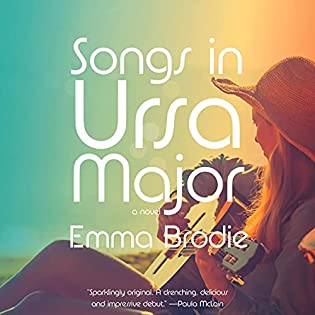 Songs in Ursa Major by
Songs in Ursa Major by 
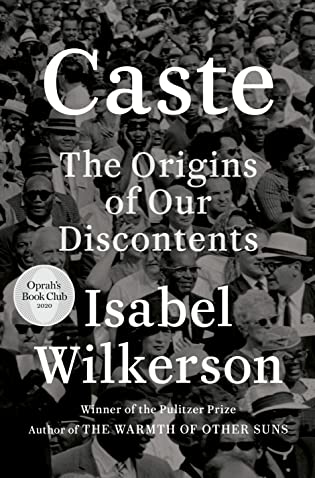 Caste: The Origins of Our Discontents by
Caste: The Origins of Our Discontents by 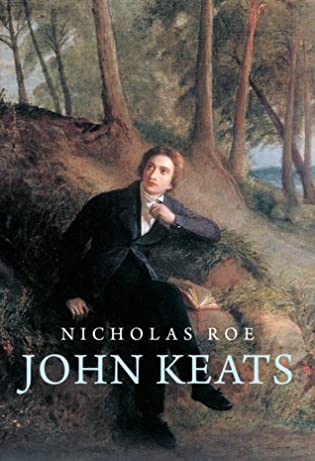 John Keats: A New Life by
John Keats: A New Life by 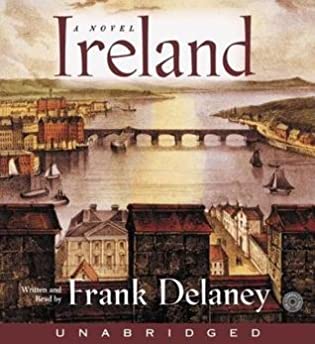 Ireland by
Ireland by 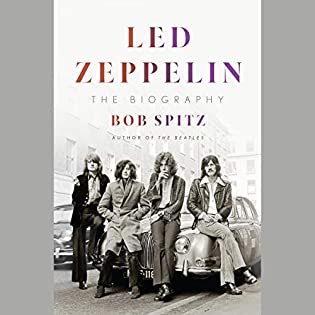 Led Zeppelin: The Biography by
Led Zeppelin: The Biography by 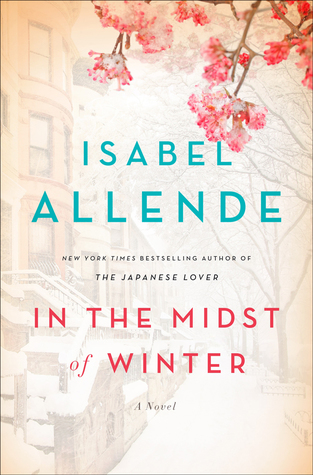 In the Midst of Winter by
In the Midst of Winter by 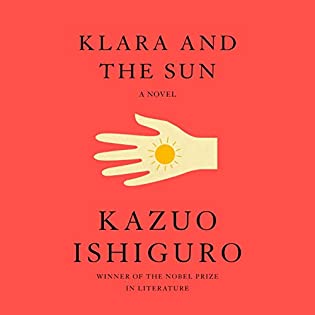 Klara and the Sun by
Klara and the Sun by